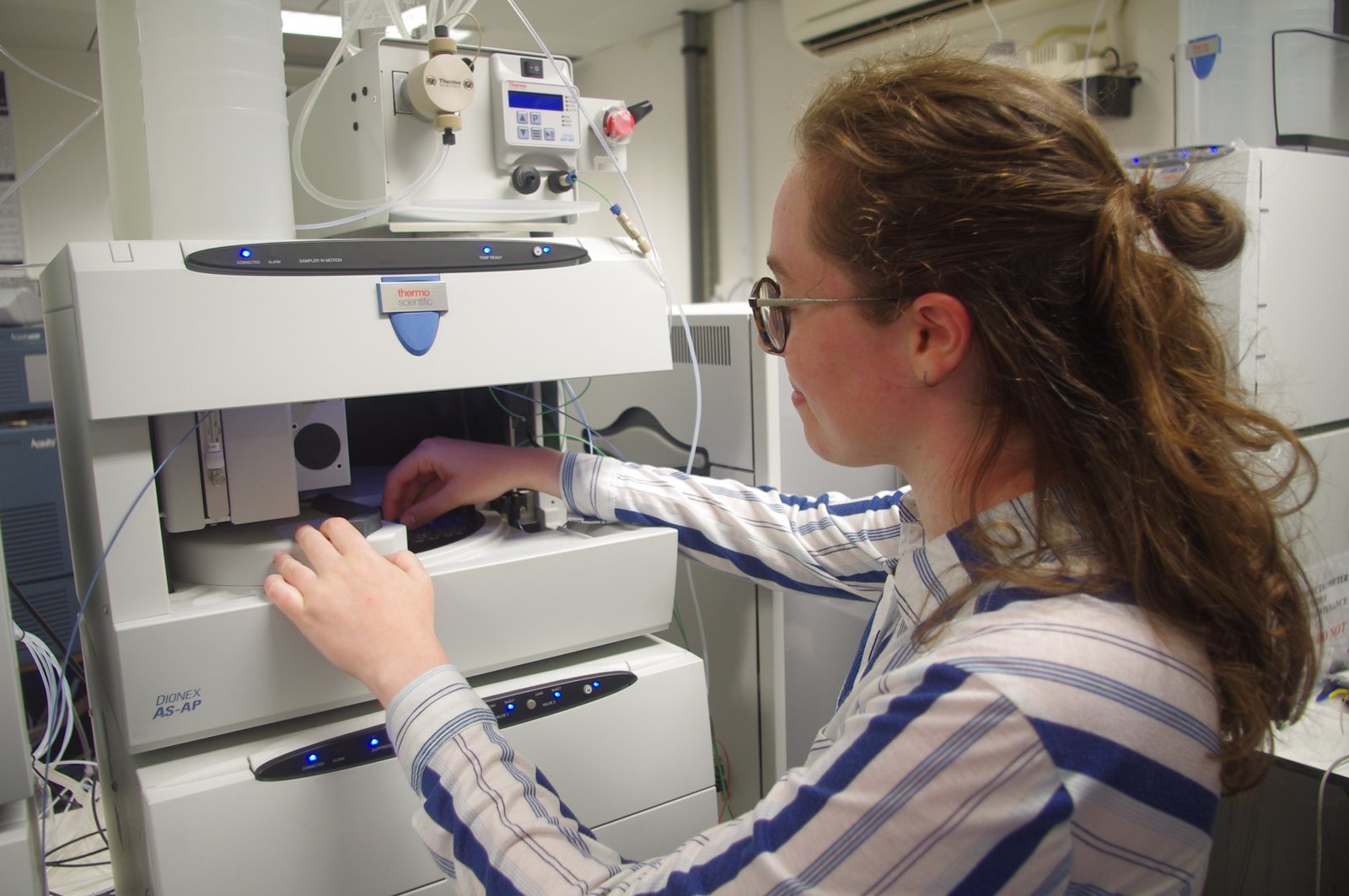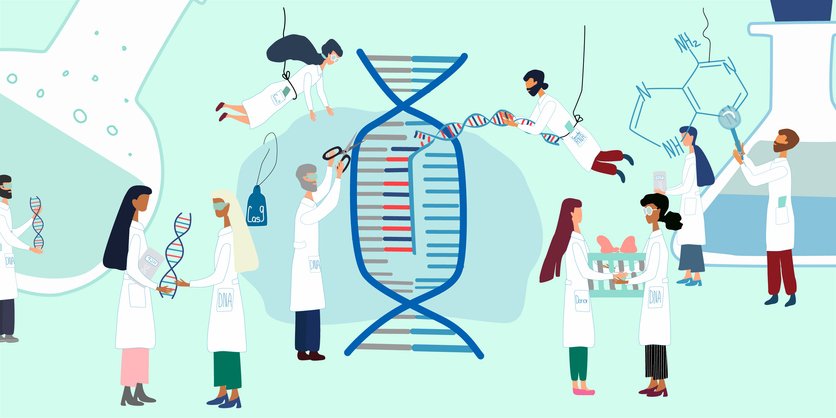When ion-exchange chromatography and mass spectrometry are coupled using electrochemical ion suppression, it allows for the selective and specific analysis of highly polar and ionic compounds. The method has been particularly useful in advancing the fields of environmental chemistry, food chemistry, forensics, and cell biology. More recently, anion-exchange chromatography mass spectrometry (AEC-MS) has been used in metabolomics.
Now, researchers have developed and published step-by-step instructions for both untargeted and semi-targeted metabolite analysis from cell, tissue, or biofluid samples using this technology. The authors note that the technique “requires minimal sample preparation and is robust, sensitive and selective.”
The method, they say, provided comprehensive coverage of “hundreds of metabolites found in primary and secondary metabolic pathways, including glycolysis, the pentose phosphate pathway, the tricarboxylic acid cycle, purine and pyrimidine metabolism, amino acid degradation and redox metabolism.”
This work is published in Nature Protocols in the paper, “Metabolomics using anion-exchange chromatography mass spectrometry for the analysis of cells, tissues and biofluids.”
“Developing a new metabolomics protocol is very exciting, it expands capability for existing applications but also enables us to explore and develop new applications: in our lab we are now applying the protocol in several research areas including investigating gut microbiome metabolism, how antimicrobial resistance impacts bacterial metabolism and in the discovery of biomarkers for the early detection of cancer,” notes James McCullagh, DPhil, professor of biological chemistry and director of the Mass Spectrometry Research Facility at the University of Oxford.

[Isabelle Legge]
Ion-exchange chromatography has been used by generations of chemists since the 1970s, but historically it has been very difficult to couple directly to mass spectrometry, unlike other types of chromatography. The new method uses electrolytic ion-suppression which links the high-performance ion-exchange chromatography system directly with mass spectrometry, an innovation that improves molecular specificity and selectivity.
“Ion-exchange chromatography offers a retention and elution mechanism which is new to metabolomics and is proving to be a powerful solution for long-standing analytical challenges in the field,” notes Rachel Williams, a DPhil student in the McCullagh Group.
Specifically, in the newly developed method, an inline electrolytic ion suppressor is used “to quantitatively neutralize OH− ions in the eluent stream, after chromatographic separation, enabling AEC to be directly coupled with MS. Counter ions are also removed during this process, creating a neutral pH, aqueous eluent with a simplified matrix optimal for negative ion MS analysis.”
The new AEC-MS protocol has been used in several research studies including in collaboration with the Kennedy Institute, Oxford to investigate how the gut microbiome utilizes energy substrates. This led to the discovery that the microbiome-derived energy substrate product butyrate is found in circulation and can help bolster the host immune response.
More recently, it was used to investigate metabolism in diabetic pancreatic β-cells. That work uncovered how the activity of GAPDH and PDH were inhibited when glucose levels increased, leading to the accumulation of upstream intermediates which caused changes in gene expression including impaired insulin secretion and build-up of glycogen.
The post Large-Scale Metabolomics Enabled by Anion-Exchange Chromatography Mass Spectrometry appeared first on GEN – Genetic Engineering and Biotechnology News.



